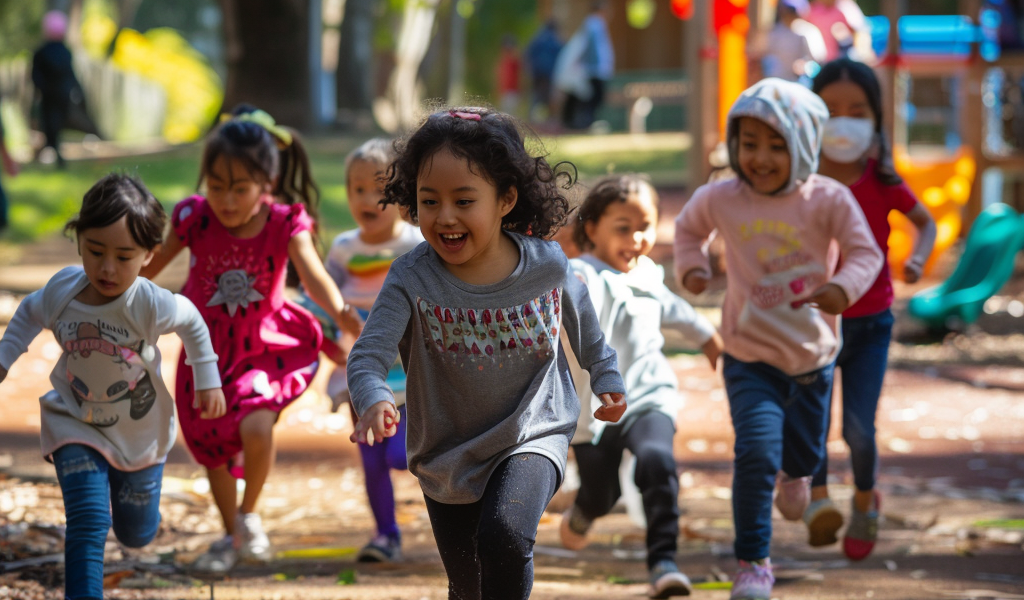Recent data from a comprehensive cohort study have shed light on the shifting patterns of respiratory syncytial virus (RSV) infections, particularly among older children, indicating a potential need for updated prevention strategies in this population.
The study, spanning from 2015 to 2022 and involving a total of 924,061 patient cases, revealed notable changes in the seasonal occurrence of RSV and bronchiolitis infections post-COVID-19 pandemic. The peak RSV season in 2022 occurred earlier in the year, running from September to November, compared to 2023 when it extended from December to January.
Researchers observed a shift in RSV seasonality towards a summer season in 2021, with a subsequent return to a more typical pattern in 2022 to early 2023. However, the number of RSV cases among children under 5 years remained higher during this period.
The findings, published in JAMA Network Open by Robert J. Suss, MPH, and Eric A. F. Simões, MBBS, DCH, MD, from the University of Colorado School of Medicine and Children’s Hospital Colorado, suggest an increase in RSV testing rates from 2015-2019 to 2020-2022.
Overall, there was a rise in RSV cases and a decline in non-RSV bronchiolitis cases across various age groups and care units in 2021 and 2022 compared to the pre-2020 period. Hospitalization rates for RSV cases stood at 54%.
These findings underscore the importance of considering new prevention strategies for older children, aged 2 to 5 years, who are currently not eligible for certain preventive measures. The data hint at the necessity for tailored interventions to address the evolving landscape of RSV infections among pediatric populations.





